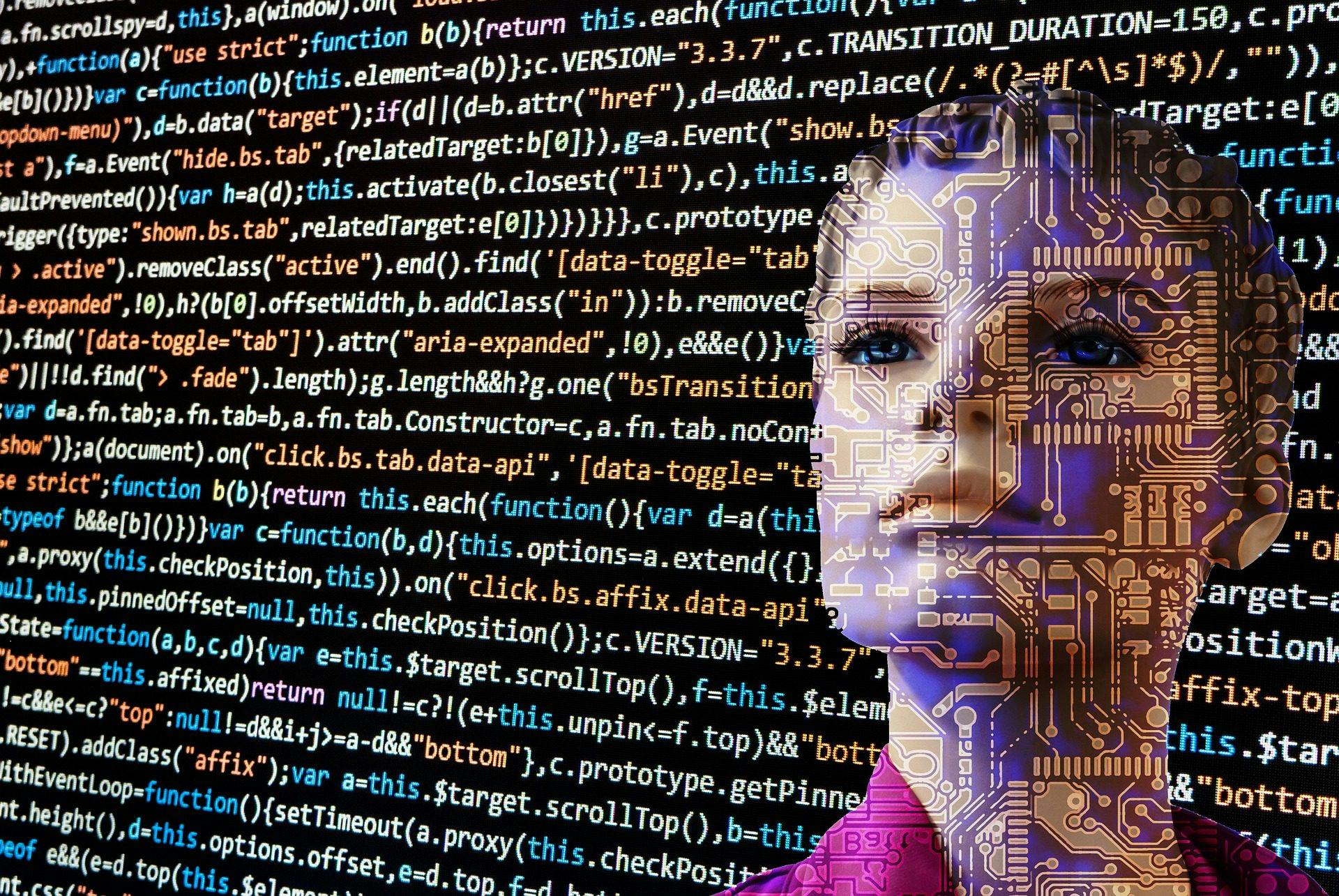While we might not be living in as advanced a society as that imagined by “Back to the Future” or the first “Star Trek”, we are living in the day and age where technology is evolving at a rate that is too fast for most people to grasp.
Even for someone working at an artificial intelligence company in the Silicon Valley with friends in the engineering discipline in the very forefront of research, I can barely catch up to what’s going on in the world:
1) I’m ashamed to admit I am not 100% fluent in the tech lingo yet.
2) Like many people, I don’t have the time to read thousands of articles and products that are being launched daily.
3) For the majority of us, if it ain’t hurting me right now, it ain’t hurrying me right now.
But remember in 2018 when Facebook’s security breach caused an uproar and people deleted their accounts en masse? Or this year when people realized Siri is eavesdropping on you 24/7? Ok, so it seems like people are more aware of how personal data might be under attack but what about our biometric data?

Biometric Data
GDPR defines biometric data as:
“personal data resulting from specific technical processing relating to the physical, physiological or behavioural characteristics of a natural person, which allow or confirm the unique identification of that natural person, such as facial images or dactyloscopic data.”
You might have heard of GDPR from all the news about the EU’s fight against giant internet companies like Google, Apple, and Facebook. “The General Data Protection Regulation is the toughest privacy and security law in the world”, according to their website. Instituted in May of 2018, it was one of the biggest overhauls in data privacy.
Based on GDPR’s definition, a biometric information has:
1) Physical / physiological characters: facial features, eyes (iris), fingerprints, height, weight, DNA, etc.
2) Behavioral characters: actions, habits, tendencies, personality traits, etc.
So where do we see the usage of our biometric data?
1) When you log into your phone with your eyes, face, fingerprints.
2) When you log into your bank account with your fingerprints.
3) When you open your apartment door with your fingerprint, face, or voice.
4) When you tell your smart speaker to do something.
5) When they scan your face and fingerprint at the airport.
6) When the surveillance camera swoops across a population.
7) Remember all those times you signed up for, or verified yourself to make a legal document?
8) When you create a video and people can recognize you and attach what you say to your face and to your name.
9) When you post a picture on social media and people tie that social media activity with your identity.
10) Basically, in every interaction where someone recognizes you based on your physical, physiological, and behavioral factors.
Image filters you use on Snapchat or Instagram, the voice filters on TikTok you use to make you sound high-pitched, or those video recordings of you dancing are all giant wells of biometric data. To highlight a couple, while you are having fun, the popular app that ages your face, or the Chinese app that allows you to swap your face in for a celebrity’s, are hoarding your biometric data.
Deep-fake
Everyone has probably heard of this term by now. From mock-up presidential election campaigns and fake State of the Union Addresses to modified videos of Mark Zuckerberg and fan-made version of Matrix where Will Smith appears as Neo, deep fake is a hot potato among both techies and non-techies world-wide.
And as it is with any new technology or tool, some people are starting to get evil: thieves stole money by using a voice-generation technology to mimic the voice of a German CEO. I believe every new tech is a kitchen knife – you can make delicious foods with it, or harm someone in malignancy.
So What Now?
Remember how Arnold Schwarzenegger was there to protect John Connor against the bad robots? It’s about time we embrace the tide and figure out the positive means and guidelines of using AI, biometric data, and other technologies instead of turning a blind eye to them or trying to drag down their development. Otherwise, we’ll be left in the dust and T-1000 will wipe us out – I’d rather be The Terminator than “the Terminated”
…or you can wear this mask I guess…



